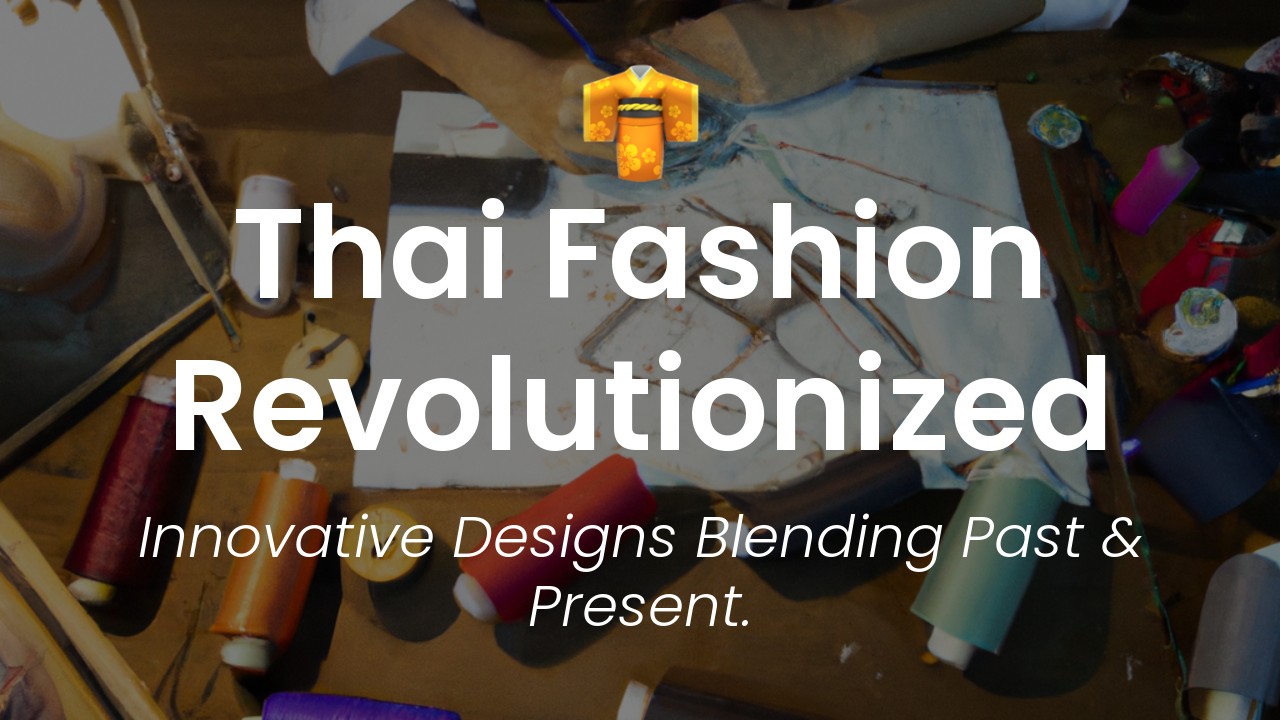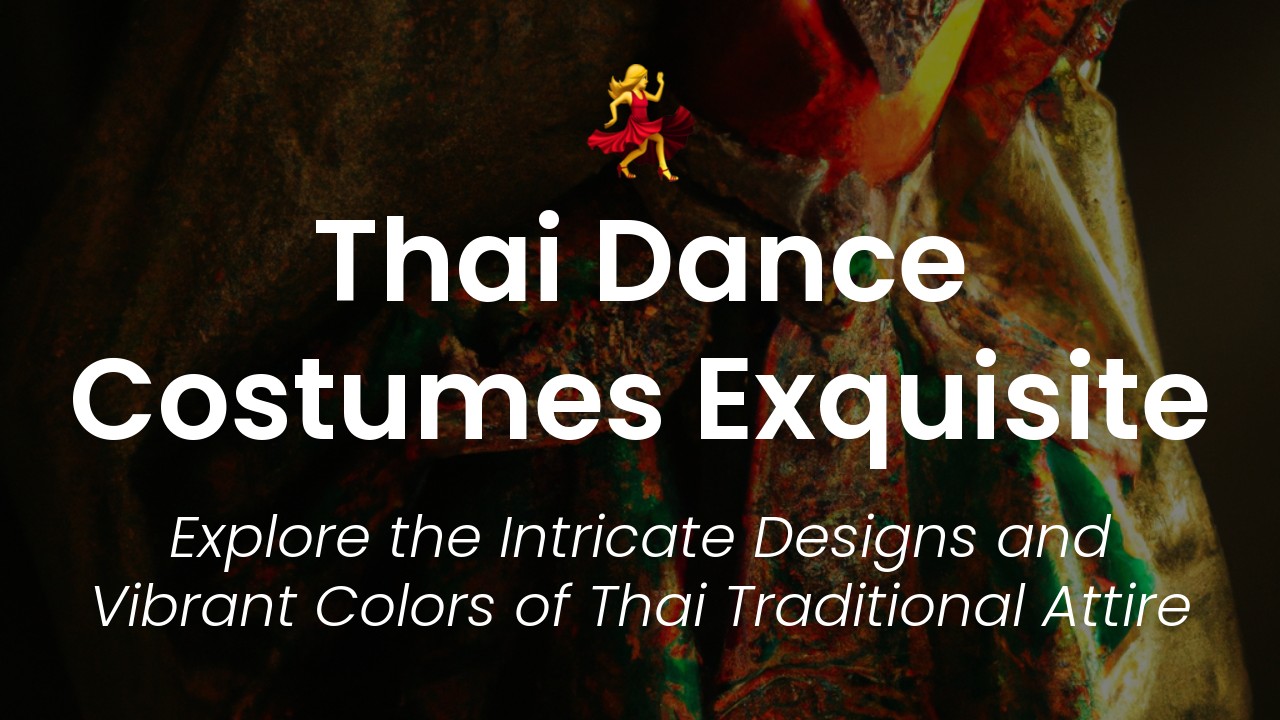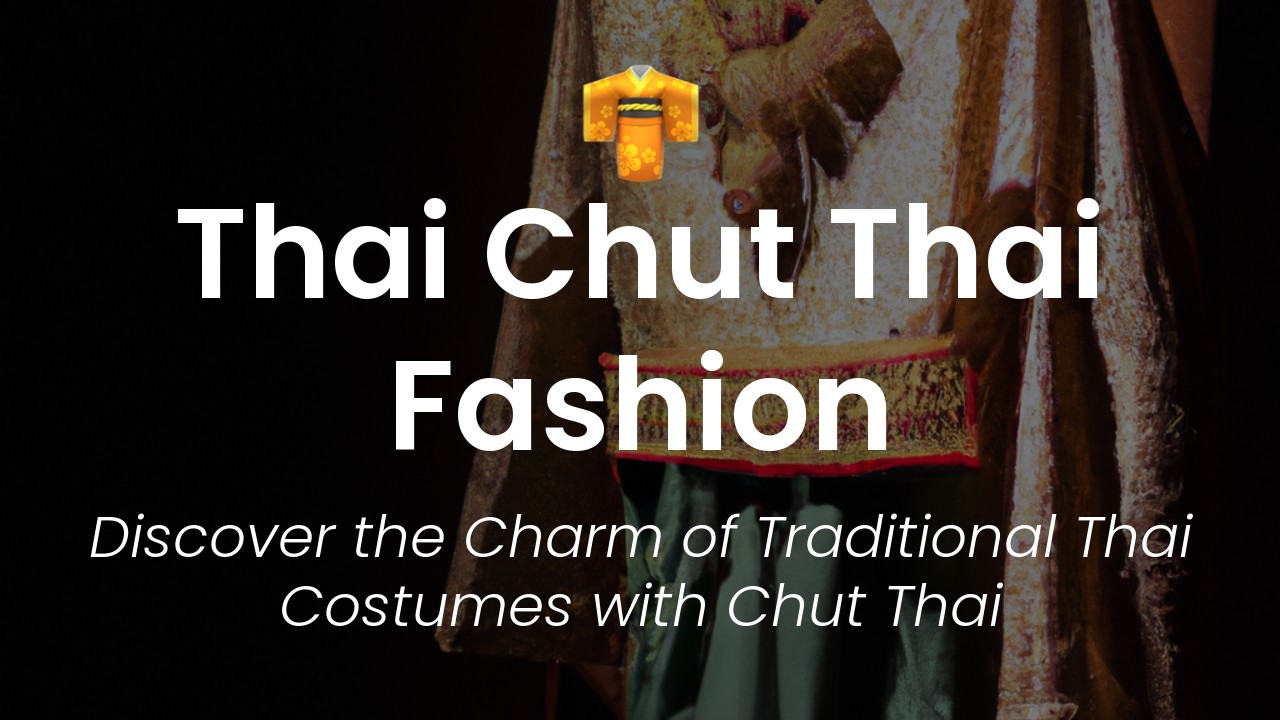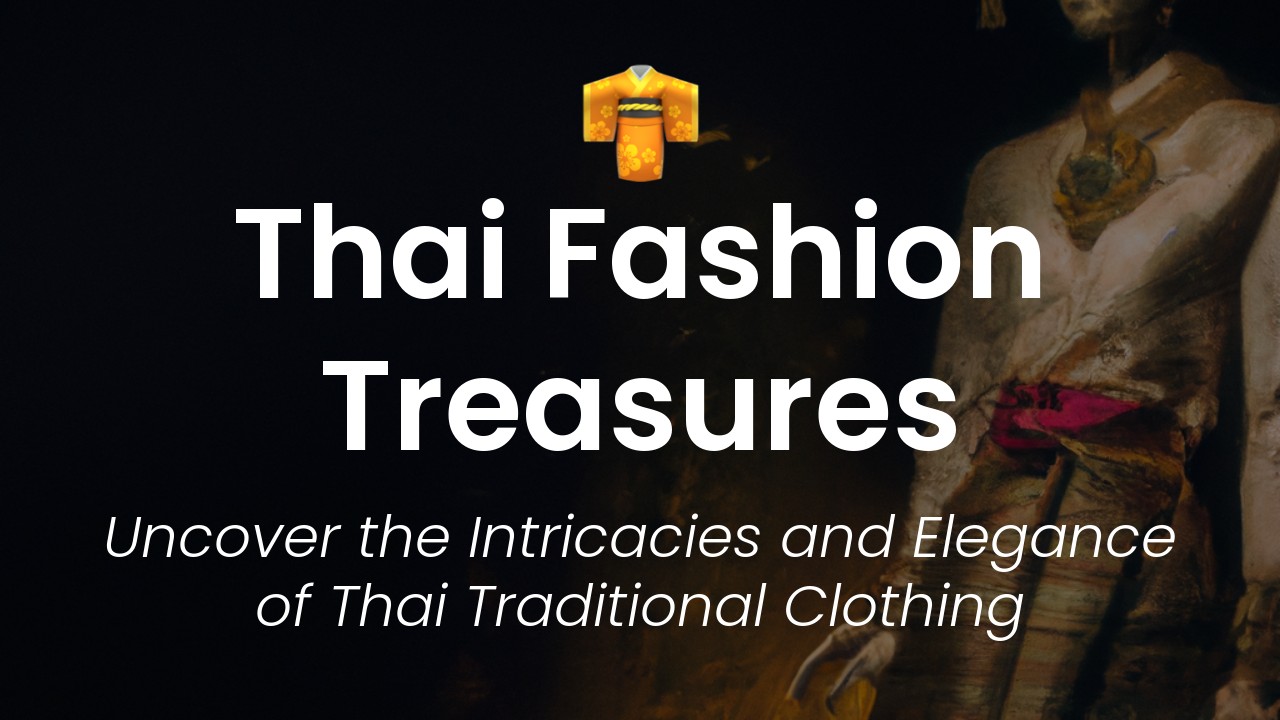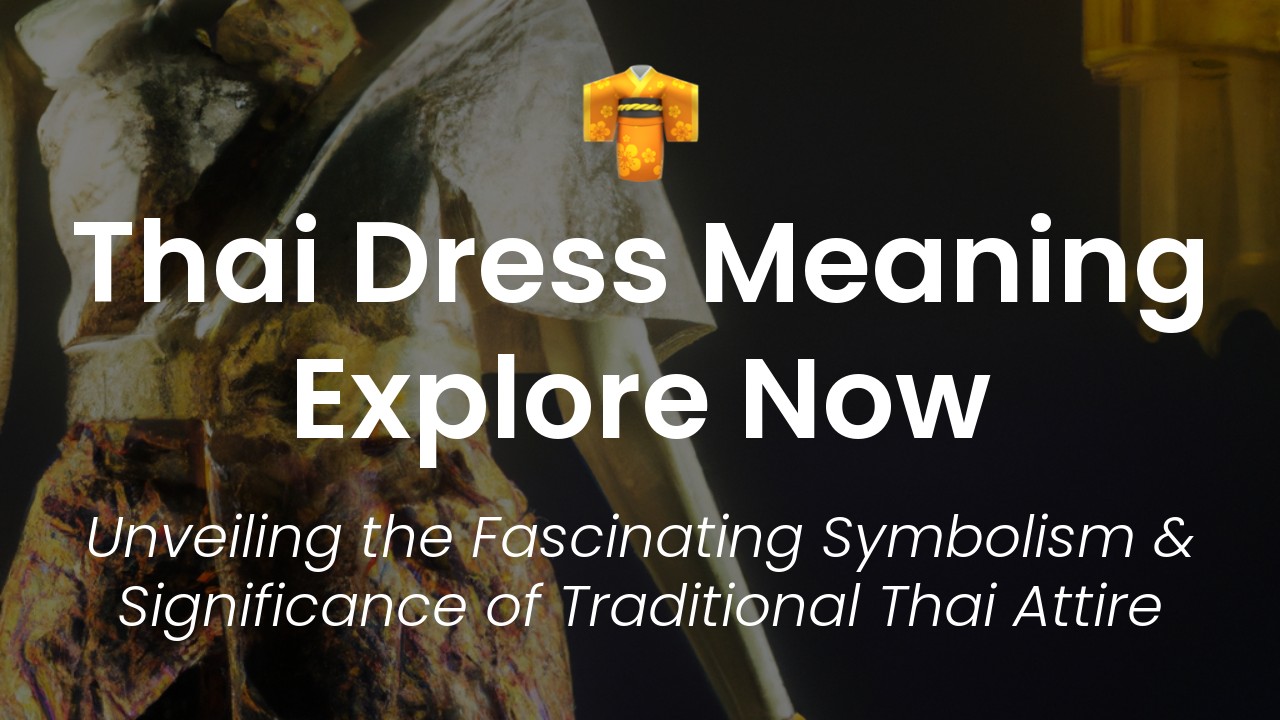As a proud Thai woman, I have always been fascinated by our traditional clothing. From the intricate details of our silk dresses to the bold patterns of our sarongs, our cultural attire represents the rich history and heritage of our country. However, I also understand that fashion is a constantly evolving art form. As the world around us changes, so too must our clothing reflect these advancements.
In recent years, a wave of young designers has emerged in Thailand, revolutionizing the way we view our traditional clothing. With a fresh eye and a modern approach, these designers are breathing new life into centuries-old styles. They are combining traditional fabrics and patterns with contemporary cuts and silhouettes, creating a unique and dynamic fusion of old and new.
This new generation of designers is not only bringing attention to Thai fashion on a global scale but also making it more accessible to the younger generation. They are taking the stigma away from traditional clothing and making it cool and fashionable to wear again. As someone who loves and values our cultural attire, this is something truly exciting to witness and celebrate. In this blog post, I will be showcasing some of the most talented designers in Thailand who are leading the charge in revolutionizing our fashion scene.
The Pha Hin: Reimagining a Classic
The Pha Hin has been a staple in Thai fashion for centuries. This traditional skirt is typically worn by women living in the northern parts of the country and is made from hand-woven cotton or silk.
In recent years, designers have been taking inspiration from the Pha Hin and putting their own spins on it. Some have added intricate embroidery or bold prints, while others have experimented with different materials such as leather or denim.
One designer who has been at the forefront of this movement is Chanintr Sirisant, the founder of Thai lifestyle brand, Chanintr Living. In 2019, he launched a collection of Pha Hin-inspired skirts made from recycled plastic bottles.
By creating sustainable fashion pieces that pay homage to traditional Thai clothing, Sirisant is making fashion more environmentally-conscious while also celebrating the country's cultural heritage.
Thai Silk: A Material for the Modern World
Silk has been a prized fabric in Thailand for thousands of years, with its production dating back to the ancient city of Ayutthaya. But while the fabric has been traditionally associated with elegant and formal attire, designers are now finding new ways to make silk more versatile.
One such designer is Vatanika Patamasingh, whose eponymous label has garnered international acclaim. Her collections often feature silk garments that are tailored to modern silhouettes and feature unexpected details such as edgy zippers or asymmetrical hemlines.
"I want to show that silk isn't just for dressing up in fancy occasions," Patamasingh told Vogue Thailand. "It can be styled in a way that's effortless and comfortable, while also being beautiful."
Thai Designers Taking on the International Stage
Thai fashion designers are increasingly making their mark in the global fashion scene. Several have been invited to show their collections in international fashion weeks, such as London Fashion Week and New York Fashion Week.
One such designer is Disaya Sorakraikitikul, whose label Disaya has become a firm favourite among celebrities such as Taylor Swift and Katy Perry. Disaya's collections often incorporate traditional Thai motifs and are known for their bold, feminine aesthetic.
Another designer making waves is Pichita Rucksajit, whose label, Sretsis, has gained a cult following for its quirky and whimsical designs. While Rucksajit's collections often feature nods to Thai culture, they are also heavily influenced by European avant-garde fashion.
These designers are proving that Thai fashion has a place on the international stage, and that they have the talent and creativity to go toe-to-toe with some of the biggest names in the industry.
Embracing Sustainability
When it comes to fashion, sustainability is the word on everyone's lips. Thai designers are no exception, and many are embracing eco-friendly practices in their work.
One designer making sustainability a priority is Sorapol Chawaphatnakul, whose eponymous label is known for its avant-garde, flamboyant designs. In an interview with Vogue Thailand, Chawaphatnakul explained that sustainability is an integral part of his brand philosophy.
"For me, sustainability means creating timeless pieces that can be worn season after season, without sacrificing style or quality," Chawaphatnakul said. "It's about taking responsibility for the impact that our industry has on the environment."
Other designers are taking a more holistic approach to sustainability. Thai label Earthnique, for example, creates clothing from natural, plant-based dyes and uses recycled materials wherever possible.
By prioritising sustainability in their work, these designers are not only contributing to a more environmentally-conscious fashion industry, but are also celebrating Thailand's natural resources and heritage.
Preserving Tradition while Embracing Change
While Thai fashion is undoubtedly evolving and adapting to modern trends and practices, it is also important to maintain a connection to the country's traditional clothing and textiles.
Several designers are doing just that, incorporating traditional motifs and materials into their collections. For example, at the Ethical Fashion Show in Paris, Thai designer Mora Taeng showcased a collection of dresses and separates made from recycled materials, but featuring intricate hand-stitched embroidery that evoked traditional Thai clothing.
Other designers are taking a more direct approach, incorporating traditional clothing items such as the Pha Hin or the Chut Thai (a traditional blouse and skirt ensemble) into their collections.
By honouring Thailand's cultural heritage in their designs, these designers are celebrating the country's rich history and preserving its traditions for future generations.
Conclusion
Thai fashion is undergoing a revolution, with designers putting their own modern twists on traditional clothing and fabrics. From reimagined Pha Hins to sustainable silk garments, the country's fashion industry is embracing the latest trends while staying true to its cultural roots.
By taking a sustainable and ethical approach to fashion, Thai designers are proving that style and substance can go hand-in-hand. As the industry continues to evolve, one thing is certain: Thai fashion is here to stay.

